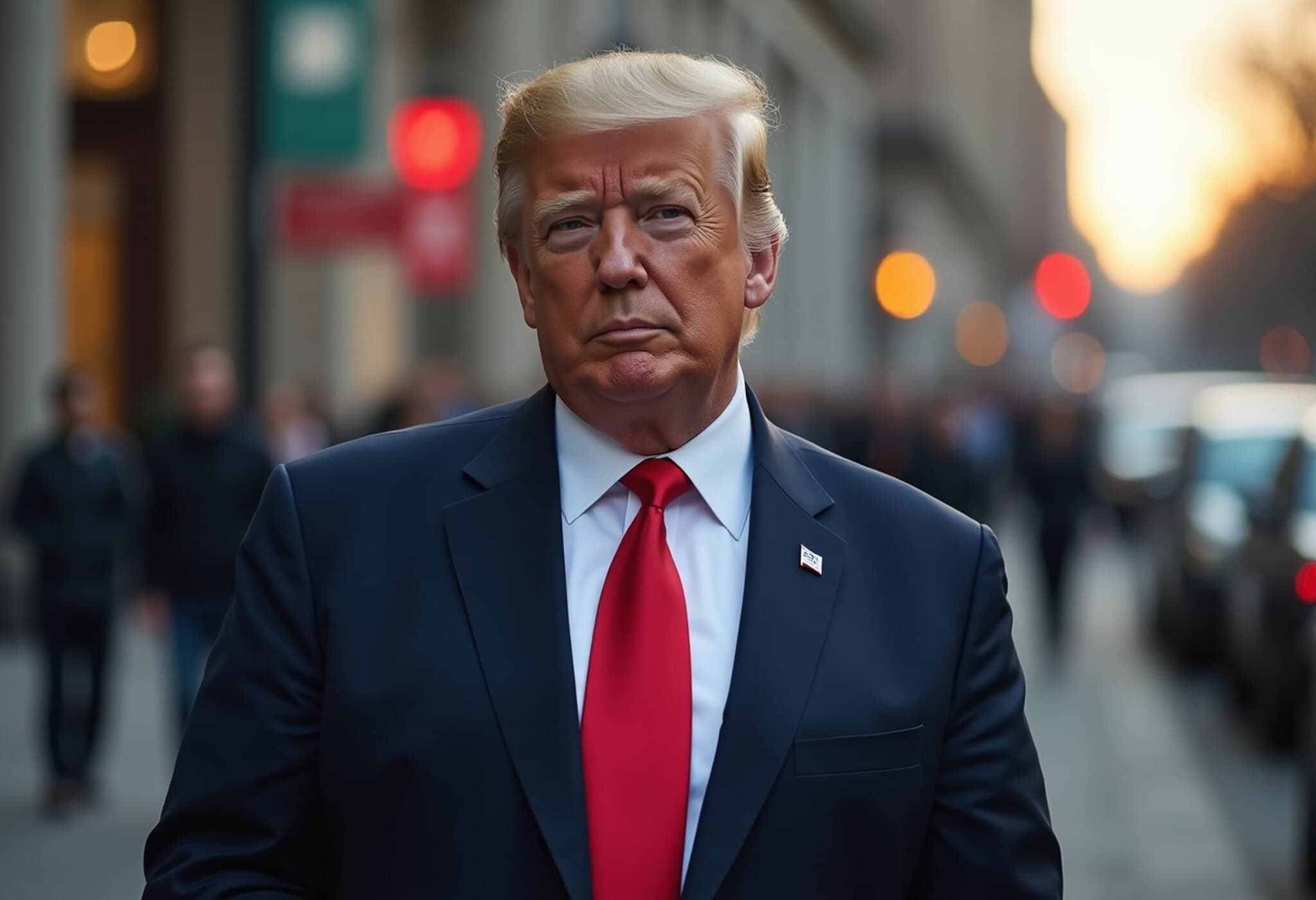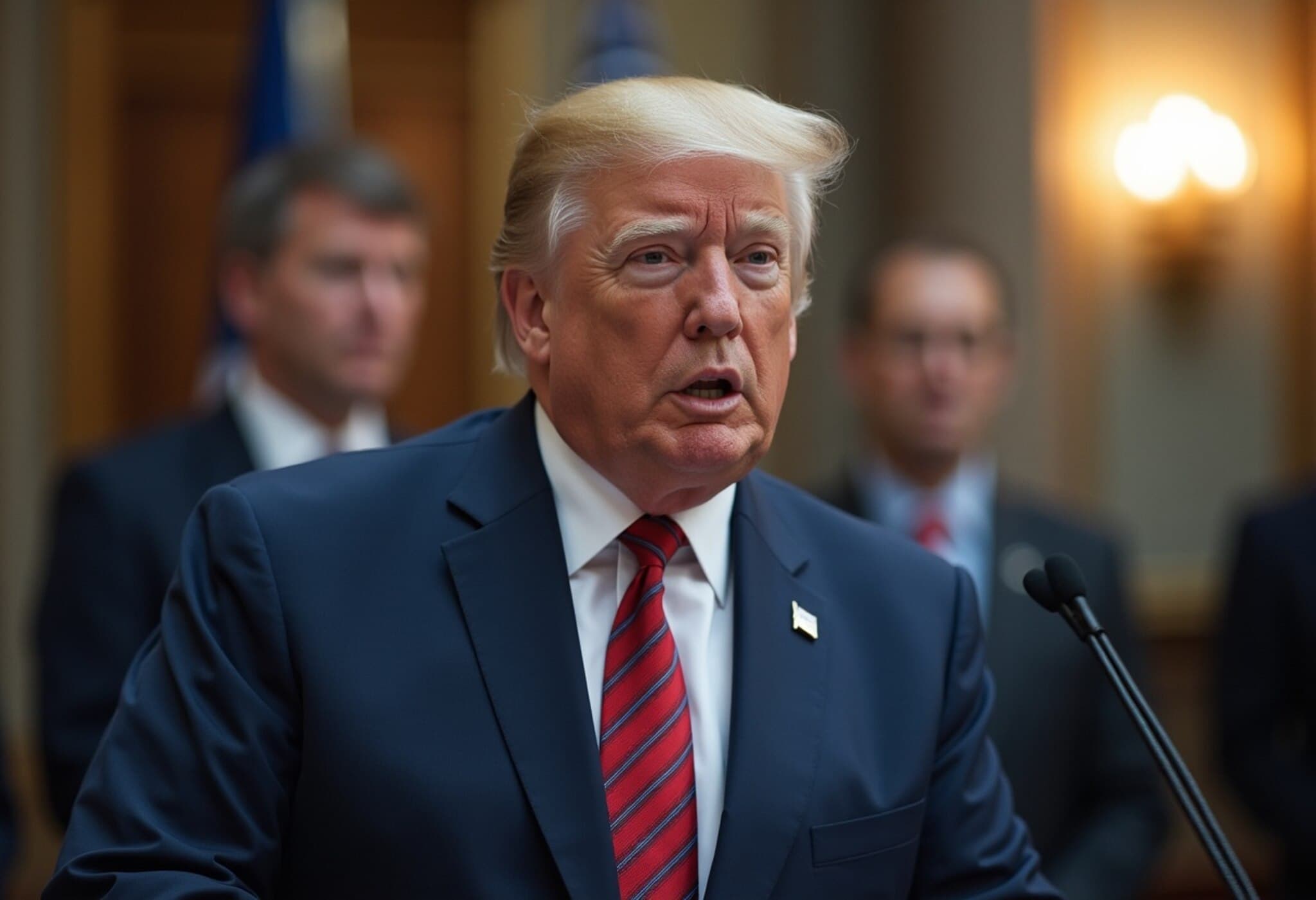Trade Desk Stock Experiences Historic Drop Following CFO Departure and Market Pressures
In a dramatic turn of events this past Friday, The Trade Desk’s shares tumbled almost 40%, marking the steepest single-day decline in the company's history. This sharp sell-off followed the announcement of its Chief Financial Officer’s imminent departure, compounded by mounting apprehensions among analysts regarding Amazon's escalating encroachment in the digital advertising landscape.
Strong Earnings Overshadowed by Strategic Uncertainties
Despite delivering a second-quarter earnings report that outperformed Wall Street's expectations—with a 19% increase in revenue year-over-year to $694 million and adjusted earnings per share topping estimates—the positive results failed to buoy investor confidence. The CEO, Jeff Green, acknowledged the mixed market signals during the earnings call, but analysts and shareholders appeared more fixated on the unforeseen CFO transition and the competitive pressures from Amazon’s growing ad business.
A Closer Look at Leadership Changes
The Trade Desk revealed that Laura Schenkein, the company’s finance chief, will be stepping down and replaced by Alex Kayyal, a partner at Lightspeed Ventures renowned for his deep venture capital expertise. While leadership transformations are common, the suddenness and timing prompted unease, fueling uncertainty about the company’s financial stewardship during a critical juncture.
Amazon’s Growing Shadow in Digital Advertising
Amazon, already the third-largest player in digital advertising behind Google and Meta, reported a sizable 23% jump in second-quarter ad revenue to $15.7 billion. Its expansion beyond proprietary platforms into broader programmatic advertising via its Demand-Side Platform (DSP) is shaking up the industry. Wedbush analysts notably downgraded The Trade Desk from a "buy" to a "hold," warning that Amazon’s deepening access to premium ad inventory across the open internet threatens to erode The Trade Desk’s core value proposition.
"Amazon’s DSP is unlocking premium ad placements traditionally reserved for independent platforms, which could diminish The Trade Desk's competitive moat over time," Wedbush wrote.
The Trade Desk’s Response to Amazon Competition
Facing these challenges head-on, CEO Jeff Green downplayed the notion of direct competition, emphasizing inherent conflicts within Amazon’s dual role as both an ad platform and a retailer prioritizing its own inventory. Green highlighted that The Trade Desk’s independence allows it to facilitate unbiased ad purchases across myriad channels without internal conflicts.
"Amazon has almost doubled Prime Video inventory availability recently, which introduces conflicts that an independent platform like The Trade Desk carefully avoids," Green said. This perspective reflects the nuanced battle between giant tech conglomerates and specialist firms carving out trust-driven niches.
External Headwinds: Tariffs and Inflationary Pressures
Beyond competitive dynamics, The Trade Desk flagged macroeconomic headwinds, notably the ongoing impact of U.S. tariffs under the current administration. Forecasting at least $717 million in third-quarter revenue, the company anticipates a minimum growth rate of 14%, but acknowledges that global brands face inflation-induced budget pressures and uncertainties tied to trade policies.
"Brands grappling with tariffs and inflation must navigate increasingly complex pricing and supply chain challenges, which inevitably influence advertising spend," Green said.
Market Context and Investor Sentiment
With this latest sell-off, The Trade Desk’s stock has plunged over 53% year-to-date, starkly contrasting with the broader S&P 500’s approximately 9% gain. In a somewhat ironic twist, The Trade Desk was added to the S&P 500 in June, only to underperform drastically since inclusion.
This volatility underscores the precarious balancing act faced by ad-tech companies amid technology shifts, geopolitical factors, and intensifying competition from tech giants expanding their advertising arms.
Looking Ahead: Risks and Opportunities
- Amazon’s Expansion: As Amazon aggressively scales up its DSP and broadens inventory access, independent ad platforms must innovate to retain client trust and market share.
- Leadership Stability: How Alex Kayyal navigates the CFO role during this turbulent period will be pivotal for investor confidence and financial strategy.
- Macroeconomic Factors: Ongoing tariff policies, inflation, and global supply chain shifts remain wildcards influencing advertising budgets and revenue forecasts.
Expert Insight: The Changing Dynamics of Digital Advertising
From a policy and economic standpoint, The Trade Desk’s predicament illustrates broader market transformations where platform independence is increasingly challenged by vertically integrated giants. This raises important questions about market concentration, fair competition, and the future regulatory landscape shaping digital advertising ecosystems.
Industry observers suggest that balancing innovation with transparency will be key for The Trade Desk and similar players striving to serve advertisers without compromising on neutrality—a growing concern as data privacy and antitrust scrutiny intensify.
Editor’s Note
The recent upheaval at The Trade Desk reveals the complex interplay between leadership changes, market competition, and global economic pressures. While the company's solid earnings signal operational strength, the battle for ad dollars in a landscape dominated by tech behemoths like Amazon underscores the need for strategic agility and transparency. Observers should watch closely how The Trade Desk navigates these challenges, what this means for advertisers relying on impartial platforms, and the broader implications for digital advertising governance and regulation.
















